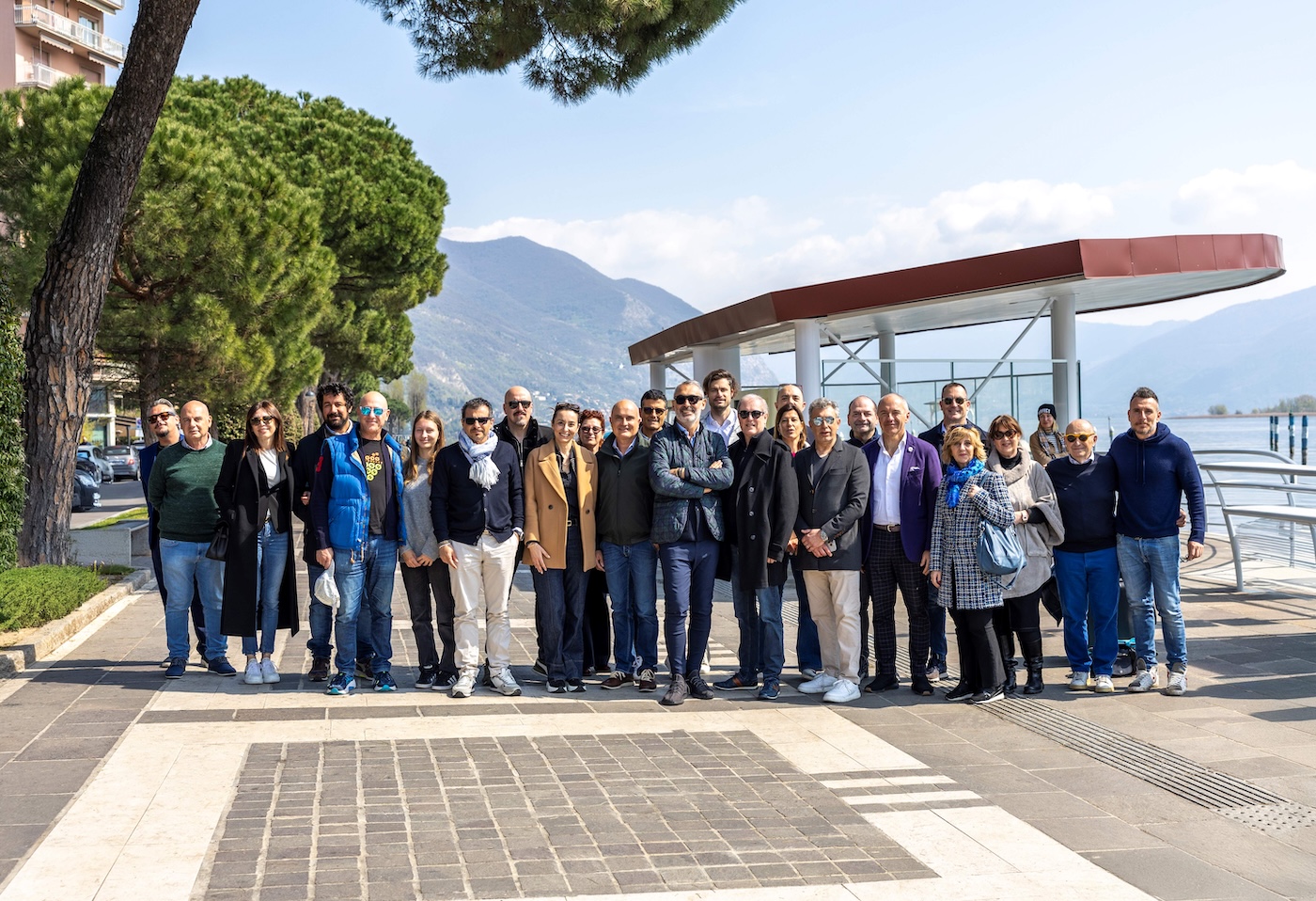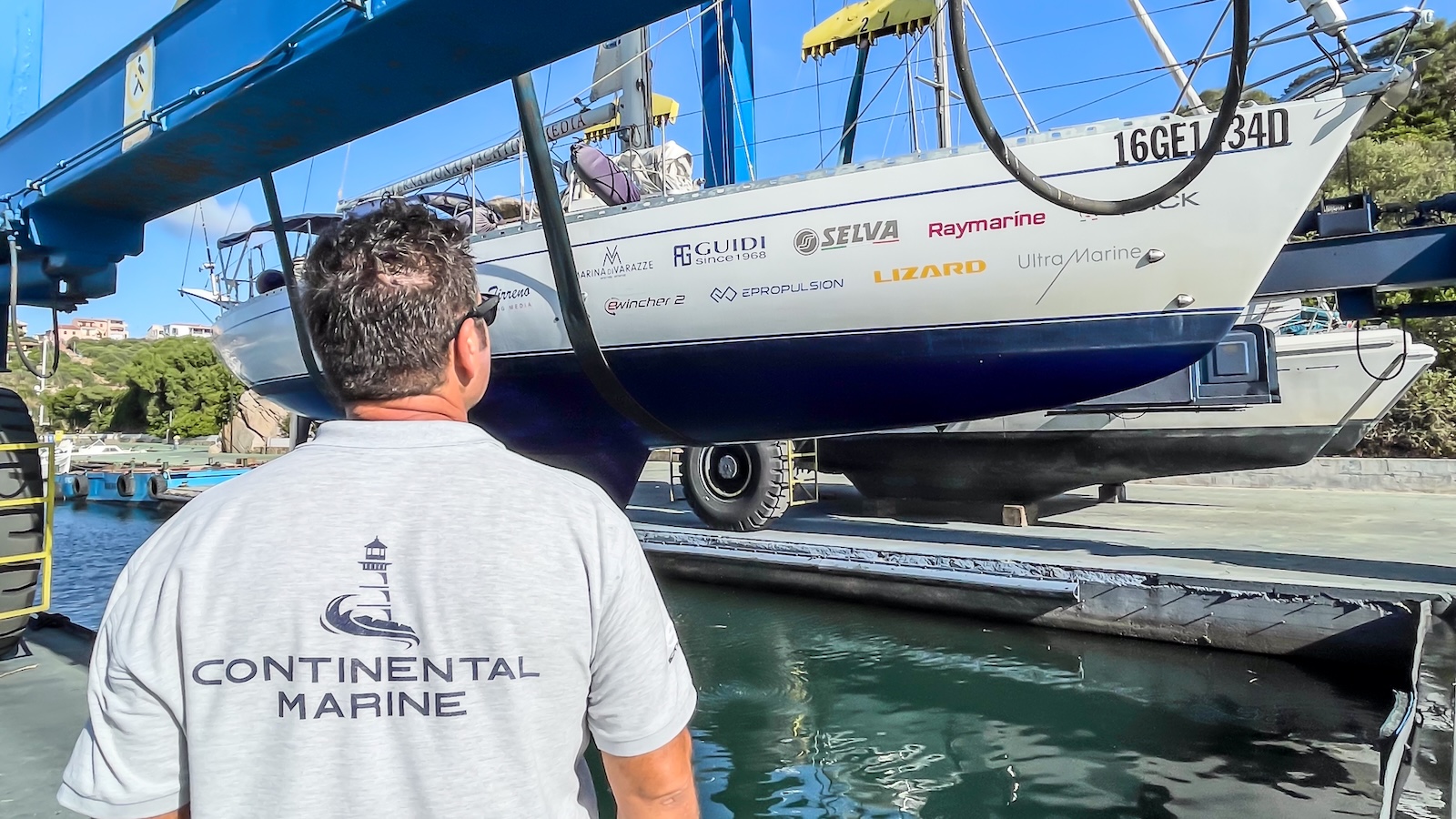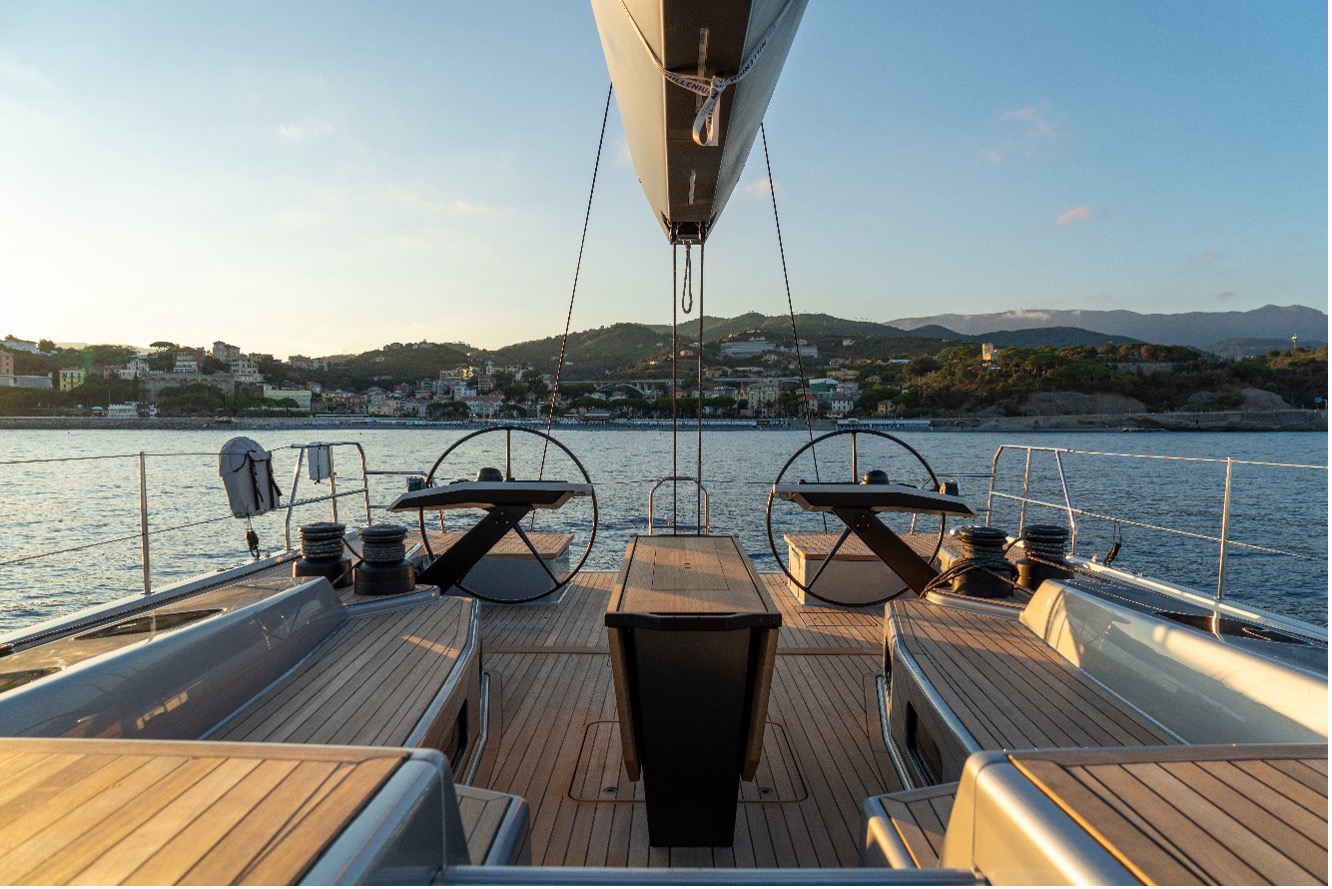We’ve already talked about Cape Horn, about atlantic crossings and other navigations from sea novels. Yet one of the sacred monsters of navigation was still missing to us, the Gulf of Lion. Just the name says everything.. and I know people, adult and vaccinated, who are still trembling at the thought of it.
If you’re not navigators you probably don’t even know where the Gulf of Lion is: it’s the great cove of the southern coast of France, it goes West from the border with Spain to Provence at East. It’s geographical position assures that here upraise some of the most terrible winds and waves of the Mediterranean Sea. The Gulf is in fact situated at the mouth of the Rhones long valley, which crosses all over France, bringing with itself the North West’s wind for kilometers and kilometers, making it reach speeds which don’t seldom exceed 35/40 knots when they arrive in the Mediterranean, especially if we are in a particular situation of low pressure in the Tyrrhenian Sea and a high pressure in the Bay of Biscay.
It is not a suprise that the Gulf of Lion is the pet peeve of all the Mediterranean navigators, and its crossing requires the maximum care during the planning. It is obviously recommended to check the weather forecast, to ascertain not to be out there with the risk of encountering sea and wind stronger than those whom can be handled. The route must also be well studied: not always the shortest way that joins two points is (in navigation) a straight line, and sometimes it’s decidedly best to go around certain obstacles. Often the wisest thing to do is to navigate inshore, sheltered, to have the possibility to enter into a harbor if necessary. Especially the Gulf of Lion mustn’t be challenged, because it can be very dreadful. All navigators know the tragedy of Parfisal, a 16 meter Sciarelli racing during 1995’s classic Transat des Alizes, that found itself in the middle of the bay during a terrible gale that came from North West, while other boats had decided not to set off, or to navigate inshore. An abnormal wave overturned the boat, and at the aids arrival only three of the crew out of nine were found alive.
























